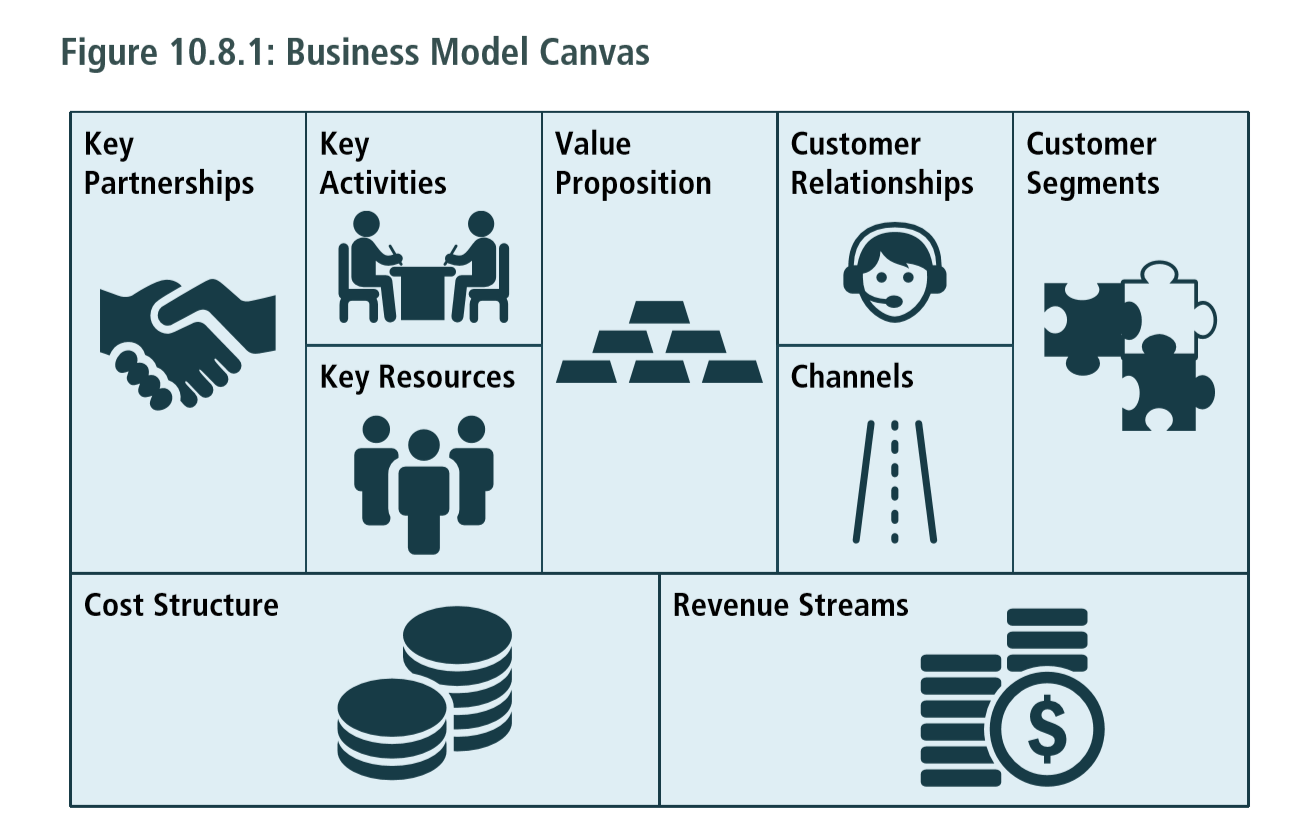Business Rules and the Importance of the Business Analysis Discipline
For most organizations introducing a new product or application system or responding to a policy or regulatory change can be a daunting process.
Add to this the fact that rule changes or additions are often externally imposed (by government or regulators), and organizations face significant risks associated with complying with such new or changed rules in an efficient, effective, and timely manner. Similarly, most system replacements or “legacy system modernization” efforts fail, usually after the expenditure of hundreds of thousands or millions of dollars.
If an organization understands, captures, and documents its business rules, the understanding of the impact of any change is much simpler; impact analysis is clear; and, the road to implementation of a change can be planned and managed successfully.
According to the International Institute of Business Analysis, “a business rule is a specific, practicable, testable directive that is under the control of the business and that serves as a criterion for guiding behavior, shaping judgments, or making decisions.”
How do we identify business rules and where do we find them?
Business rules guide behavior, shape judgments, and drive decision-making. Thus, we can extract business rules from company policy statements, procedure documents, product descriptions, filings, and operational documentation.
Certain business rules may be maintained only through “tribal knowledge” and thus exist only in the heads of employees. There will be knowledge loss associated with staff attrition if an organization has not taken the time to explicitly document business rules.
Many business rules are hidden in application code. This may be due to the complexity of many insurance application systems and to the fact that those systems may be undocumented or poorly documented (or the validity of any documentation may be in question). Staff members may not even be explicitly aware that these business rules exist.
Because of the siloed nature of many organizations, conflicting business rules may exist in different areas of the company, again increasing risk to the insurer of undesirable outcomes.
The products of business analysis and the use of a business rules approach can provide clear direction for the discovery of business rules and the ability to trace business rules to the processes, events, roles, and data that they impact. Business process models have “decision” points (indicated by a diamond). For all but the most rudimentary of decisions, these indicate the application of a business rule. The creation of a use case description generates questions that are answered by the discovery of business rules. The analysis of data entities and their attributes trigger the discovery of business rules through the exploration of “how does A relate to B?” Assessment of a business role (possibly through the creation of “personas” – Sally is a twenty-something, tech-savvy individual who hates to have to “look things up”) can also trigger discovery of business rules.
A business rule example
Let’s use a completely hypothetical example of an external event triggering a change to a business rule for a disability insurer.
Most disability insurance policies will provide monthly income in the case of a disability only until age 65. This rule provides the insurer with (1) a clear limit as to how long disability payments must be made, (2) protection against disabilities that occur after age 65 (when disability is much more likely to occur), and (3) the ability to price policies based on actuarial information for a population of age 65 and below, whose risk of becoming disabled is far less than for a population in excess of age 65.
However, today most Americans are working beyond age 65, and Social Security’s full-benefit retirement age is slowly increasing. As a hypothetical, let’s assume that the government passes a law that disability insurance must cover insureds until the age of 70. What is the potential impact of this change?
How disruptive (and therefore risky) can the assessment of a change in a business rule be?
This “minor” change in disability rules would have a sweeping impact on a disability insurer. What are all of the processes, procedures, calculations, documents (such as contracts), and roles that are impacted by a potential change to the rule concerning when disability payments will cease? How many insurers are likely to have immediately available information to answer this question?
The likelihood is that few insurers could respond to this question without undertaking a great deal of research. A change to the simple rule expressed above will impact virtually every area of a disability insurance organization. Constraints imposed by both internal and external stakeholders, such as time constraints for implementation and the need to conduct actuarial analyses based on the change in underlying product assumptions, complicate the situation even further.
The need to adapt quickly to change
To ensure an organization can respond to market, regulatory, and desired product and application changes, the ability to adapt quickly and accurately must become a core competency. This means that the lifecycle for change must be measured in days or months, not years. For many organizations, this seems a truly unattainable goal, leading to the necessity of continuing to deal with the costs of rework and lost opportunity. In the disability insurance example above, it could even lead a company to withdraw from the sale of an entire product line.
The inability to respond rapidly, efficiently, effectively, and accurately to change (particularly change with a fixed deadline imposed upon an organization by an external entity) is a risk of which most organizations are aware, but are uncertain how to address.
The key to rapid adaptation lies in truly understanding one’s business. While the initial investment in business analysis and the documentation of process and rules may seem significant, the long-term payoff to the business is an ongoing return on investment every time a business faces a change – be it a regulation, a new product, the need to modernize technology, or even a changing customer environment. Technology alone cannot solve the problem of change, but the products of business analysis do provide the key to success.





